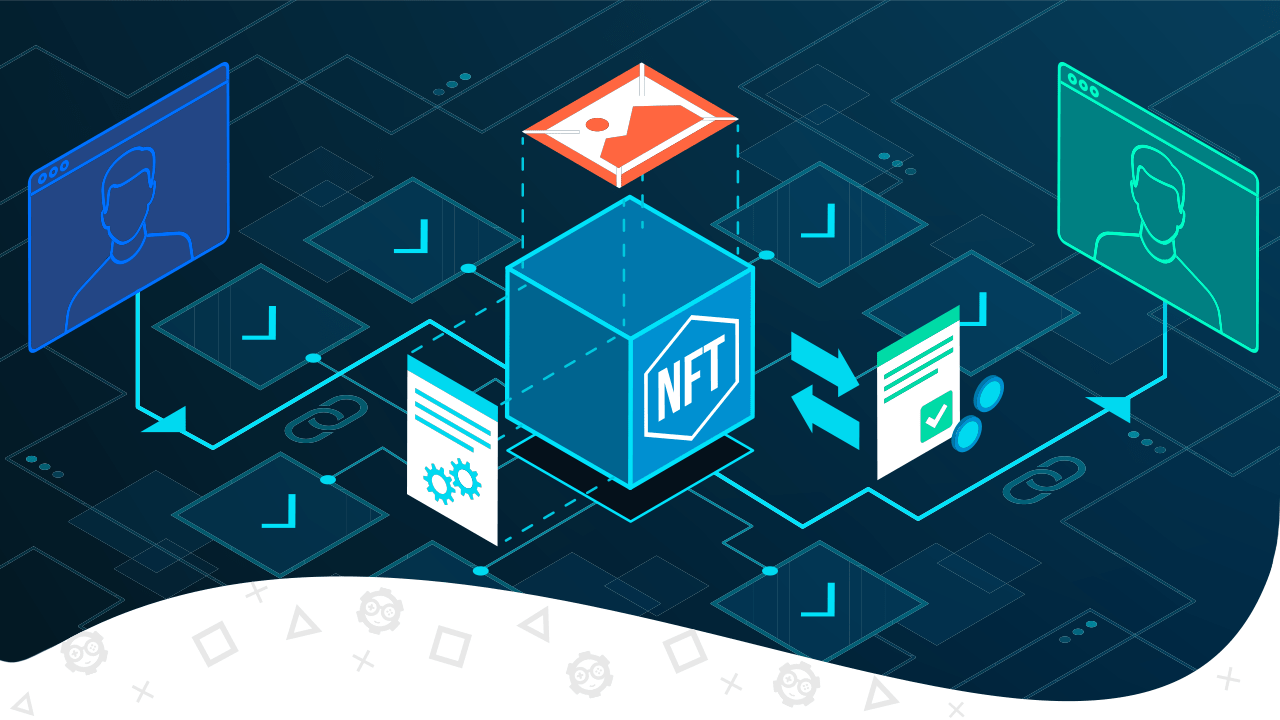NFT took the digital world by storm in the last few years, presenting an excellent opportunity for artists to showcase their digital assets on the many NFT marketplaces. As it turns out – it was a jackpot, and the NFT market quickly grew to billions of dollars.
But, like with every great thing, some issues that needed to be addressed came to light. For starters – with so many NFT transactions, there had to be some guardian. In this case, it was easy, as the Blockchain is one of the most secure ways to interact with the digital world. Every NFT creator could easily see their work as secure and appreciated on the global market.
The other thing that popped up was a question of the authenticity of an NFT. As it is a digital copy, you’d need proof to ensure that your NFT, the one you paid some pretty good money for, is not just a copy of a copy but the original work with the artist’s stamp on it.
So, people came up with some ideas on how to verify the authenticity of an NFT. In this guide, we’ll go through this process and show you how to do it yourself if you have any doubts about digital creators. Honestly, though, it’s not a full-proof check you can only attain if you have some kind of transaction log. You can be almost sure that there is no such thing, but not 100%.
With that in mind – let’s get started, shall we?
NFTs – Basic Information
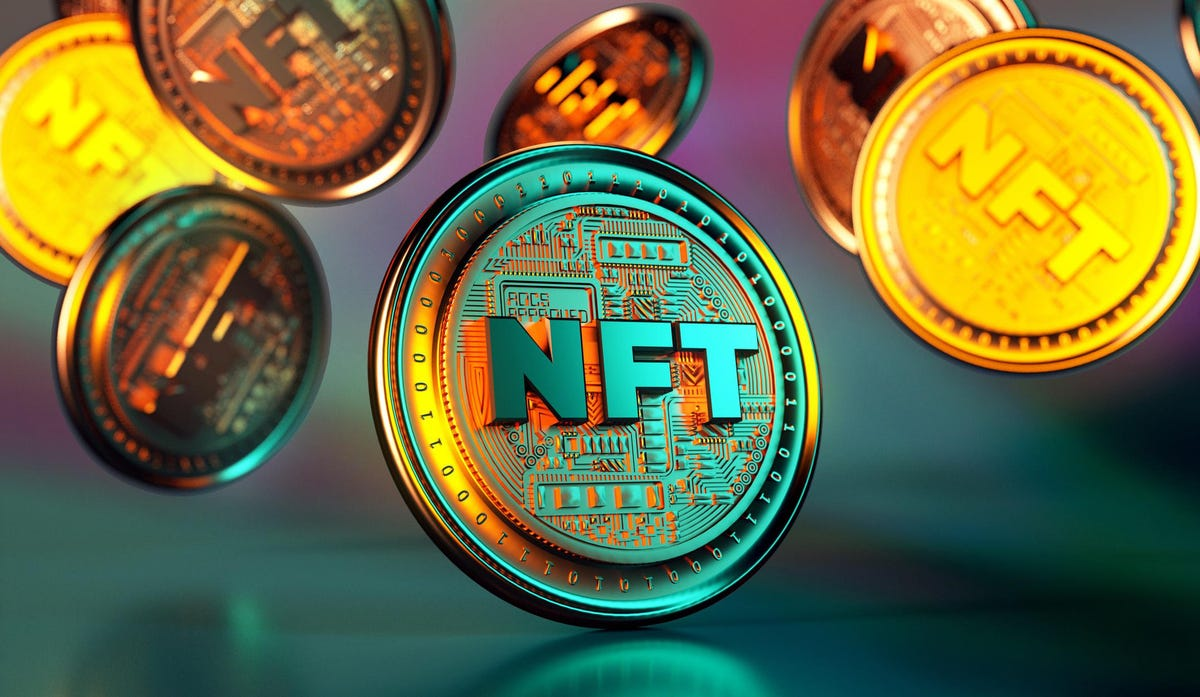
As we’ve mentioned, NFTs are an exciting way of elevating art to the digital form. Nowadays, you can be creative with a physical copy of your work and several online galleries where you can see and admire pieces of art created by digital artists.
NFTs are crypto tokens that you can find on a decentralized blockchain such as Ethereum, for example. The only difference between NFTs and other crypto-items is that as the entire blockchain technology is mainly replicable, NFT’s core idea is that they are unique.
That is also the reason why they’re worth so much money. It’s the only original among several copies. The fact that they can be found on the blockchain only adds to the security of the whole deal.
But, as it turns out, people can make every great thing a living nightmare and cause a problem out of a solution, so they managed to create an issue with NFT authentication.
NFT Scams
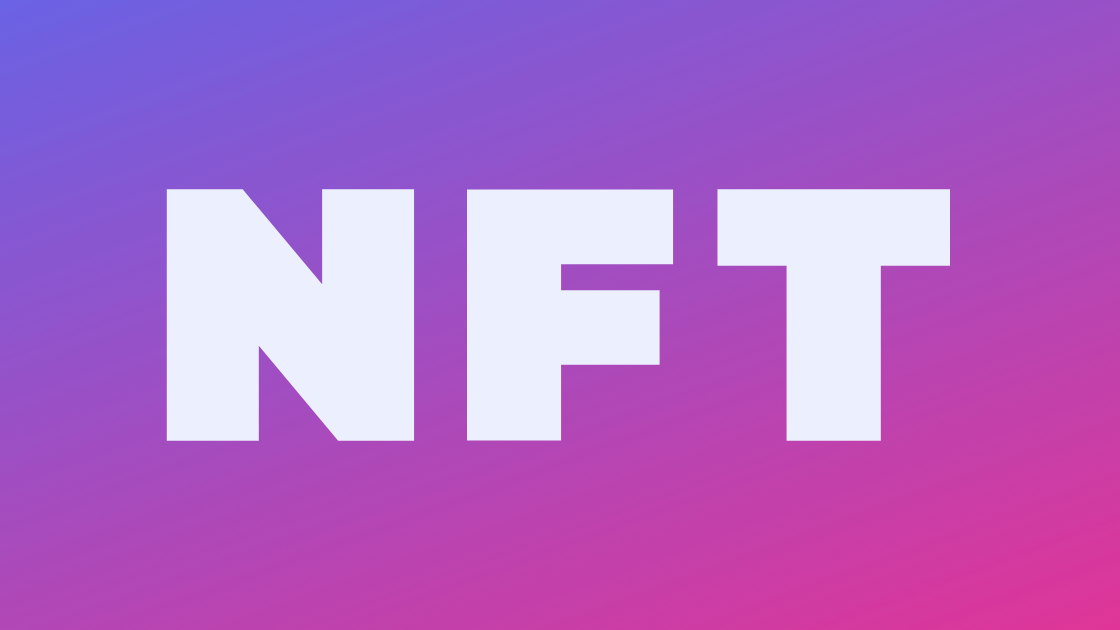
As it is a digital world, plenty of people try to exploit it using digital means. If you have an NFT that is yours and want to sell it, or you have an authorized artist, there is no problem, as you can manually check if they are legitimate.
The problem comes with less known pieces or if someone is not familiar with the NFT market. Then, someone could, for example, put a copied work on a blockchain instead of the original.
The problem occurs with the legal aspect of your digital asset. When buying an NFT, it’s not like you have the copyright to it. It’s an open-source project, so intellectual property laws do not abide here. What you do buy, though, is a link to it. In most cases – you buy the real NFT, but you can protect yourself from scammers. And here is how you do it.
Check the NFT Metadata
The thing that governs your NFT is something called a smart contract. It’s a part of a blockchain that stores the information on the specific deal.
There, you can find all the information about the creator and owner of the NFT and much more you may want to know. It’s publicly available. You just need to find a smart contract connected to your NFT and go to the details. There, you can find all the information you need.
You can check if any suspicious activities happened with this NFT and if you should be worried about getting into business with this person. Also – remember that the crypto world tends to be private, so you won’t see the creator’s name, only their blockchain address, in most cases.
The one detail that may also interest you is the NFT’s metadata status. It will be either “centralized” or “editable.” You’d want to have your NFT centralized. It means that the NFT is in the central location, and the creator cannot change it in any way. If there is a notion that the NFT status is editable – it means that the creator can change the storage link.
You can also see a “Frozen” indicator. It means that NFT was flagged because of some suspicious activity. You can’t sell frozen activities, so you know this could be potential trouble.
Verify the NFT
The other method for all you NFT collectors is using NFT verification services. There are plenty of tools on the market to help you with that. You can just Google it, and plenty will pop up.
You just have to keep in mind that there are a lot of NFT coding standards, so remember to check if the one you use is compatible with the NFT verification service.
You can use several NFT verification tools to determine if your art is the real deal, and most will show you the right results. Of course, if someone wants to hide it, there are some options, but it’s good, especially for basic needs.
Check Digital Certificate
The third way to check the legitimacy of your NFT project is to go through digital certificates. You may know this from the real world, where you get a certificate of authenticity added to any collectible item you’ve purchased.
Here, it’s pretty much the same; you get some basic information on who made it, the owner, some digital information on the NFT itself, and a token ID with a digital signature. You can find it on the blockchain if your NFT has such a certificate. It’s pretty sure that if said NFT has a digital certificate, it’s probably ok, but there are things to look out for.
Firstly, it’s not like every legit NFT has to have a certificate. It’s the same as in the real world. If you buy a Pokemon card on the internet, it does not always come with a certificate, as you may imagine. It does not mean it’s worthless; it just means that this piece did not have the certification.
On the other hand, it’s not like all the certified NFTs are 100% legit. You can fake a certificate just as quickly as an NFT. So keep that in mind when checking for authenticity. Use several methods to be sure.
Check if You can Sell It
It may seem counterintuitive, but one of the best ways to see if the NFT you want to sell is legit, is trying to sell it. To do so, you just have to check your marketplace profile. Go to your NFT and see if there is a seller option for your profile. This means that you can accept bids or set the price of the NFT.
Just go to the marketplace and search for your NFT’s identification number. And you’re good to go!
Check the Owner
It’s one of the essential steps to make sure that your NFT is the real deal or not. You just need to get to know the artist.
If you have any information on who is the said artist, you can check out their social media and see if they have released a piece purchased by you. And if not, you can check out if it’s similar to their previous works.
You should always invest some time into checking different NFT platforms. NFT’s status on each platform may differ, so if you see these NFT releases by a said artist can be found on multiple spaces, you may start being suspicious about the NFT in question.
But – as we’ve stated many times before, the NFT business is relatively private, so you need to know that it’s not like you’ll always get the name and surname of every artist there. Some have aliases; some don’t want to be disclosed; it’s a nuanced situation.
To get there faster, you can use Google’s reverse search and just upload the image in question and see where it comes from. Of course, you may find some distinctive versions of an idea, but if you do some detective work, you may find that it’s rather apparent who created this piece.
Artists want their works to be seen so that they will advertise them accordingly.
Check the Price
So, every NFT has some value. They may differ, but in the end – it’s similar to the situation you may encounter in the physical world.
Some art pieces are cherished for the form perfection, some – for how they are compared to other works of contemporary art, or if someone has a particular reason to inflate the value of an art piece for personal gain.
It could be anything, but there are some insights on the price of an art piece.
So, if you see an art piece that you can acknowledge as one of the more expensive ones put out for half the probable amount – you can tell that something else is going on. There are no “great deals” in nature, as the market regulates itself pretty effectively, so if there’s a deal that’s too good to be true, then it’s probably too good to be true.
Sell Everything
Well, not really, but if you have a question about whether you are the owner of an NFT or how many you have in your portfolio, there is a way to check it out. It takes some time, and it’s pretty vulgar, but in the end – it gets the job done, so who are we to argue with that?
First, you must send a marketplace request to see all your NFTs. It will show you everything there is. And similarly, everything that is not on this list is probably a fake.
It’s a pretty simple idea, but as we’ve stated before, it gets the job done, as you can’t sell problematic NFTs or frozen or something that is not yours.
Future of NFT Verification
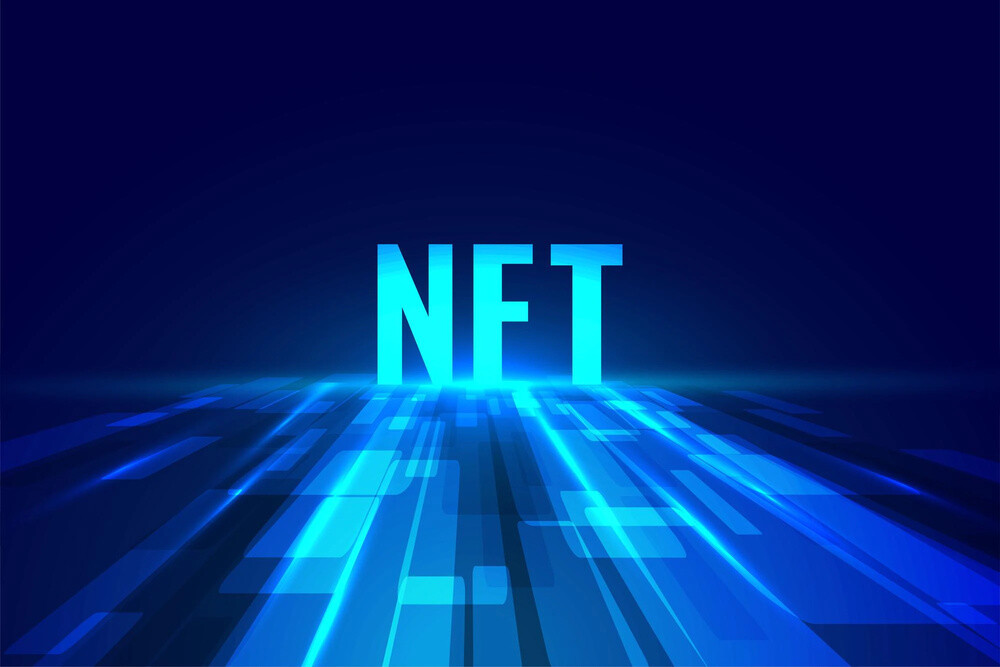
As you can see, it’s not a common problem that your NFT is a forgery, but it happens. And, you have probably already deduced that none of those possibilities to verify an NFT is 100% bulletproof.
It’s mostly going from point A to point B in the hope that it could somehow help in the process. Well, it does not guarantee anything in the end.
However, some options on the horizon can change the outlook on everything. For example, there is a lot of talk in the NFT community on verified NFT ownership. Many propose implementing an SSI authentication standard that can help prove authenticity.
This could benefit the owners and creators as the NFT market could become something you can rely on 100% as an investment. It’s also a good strategy overall to become more and more secure in the future so that more people can invest in this market.
NFT Verification – Conclusion
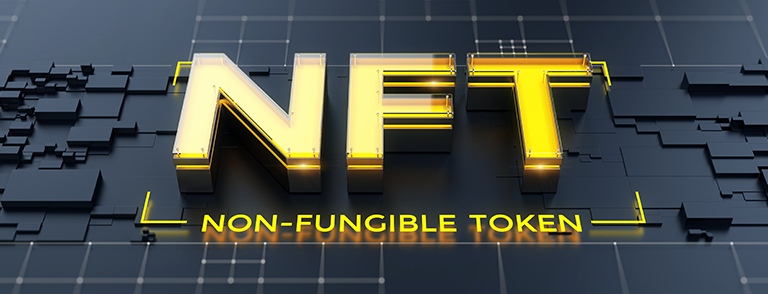
As it turns out, NFTs don’t have a problem with forgery but also don’t have enough resources to combat any wrongdoings. You can probably be safe with more advanced transactions, but you must be prepared for some shenanigans with cheaper investments.
It would be great if modern companies could introduce some authentication standards, at least at the marketplaces. The community as a whole would benefit from it, and it could be an excellent investment.
As always – thank you so much for checking out our article on NFT verification. If you’re interested in similar topics – feel free to let us know; we’d be more than happy to prepare something for you.
If you have any questions or if something feels incomprehensible, don’t hesitate to tell us; we’d love to hear from you and better ourselves.

